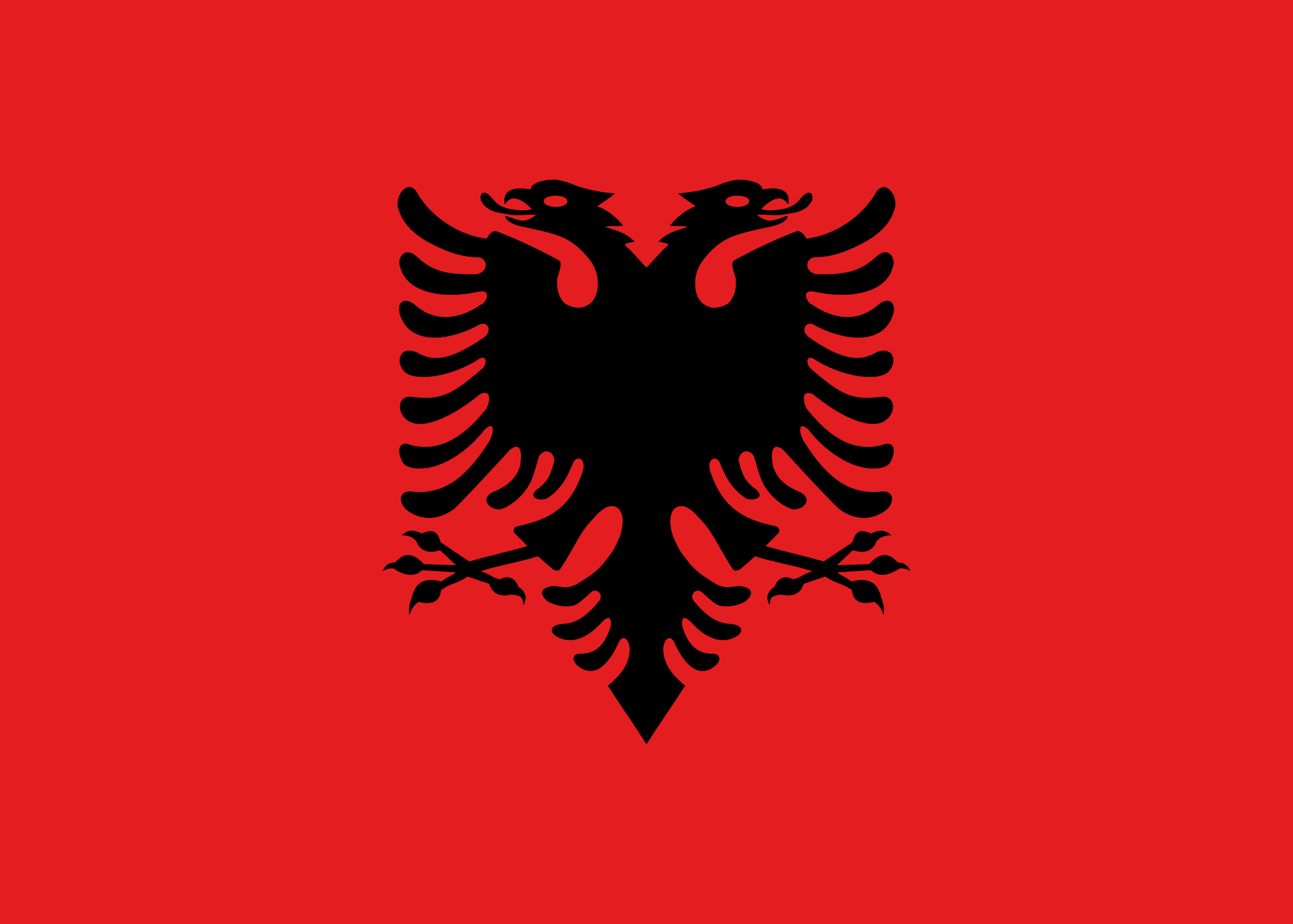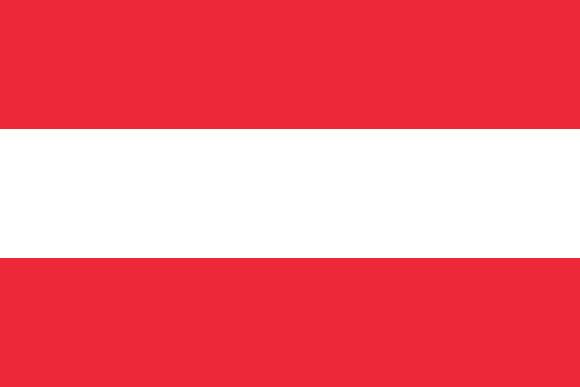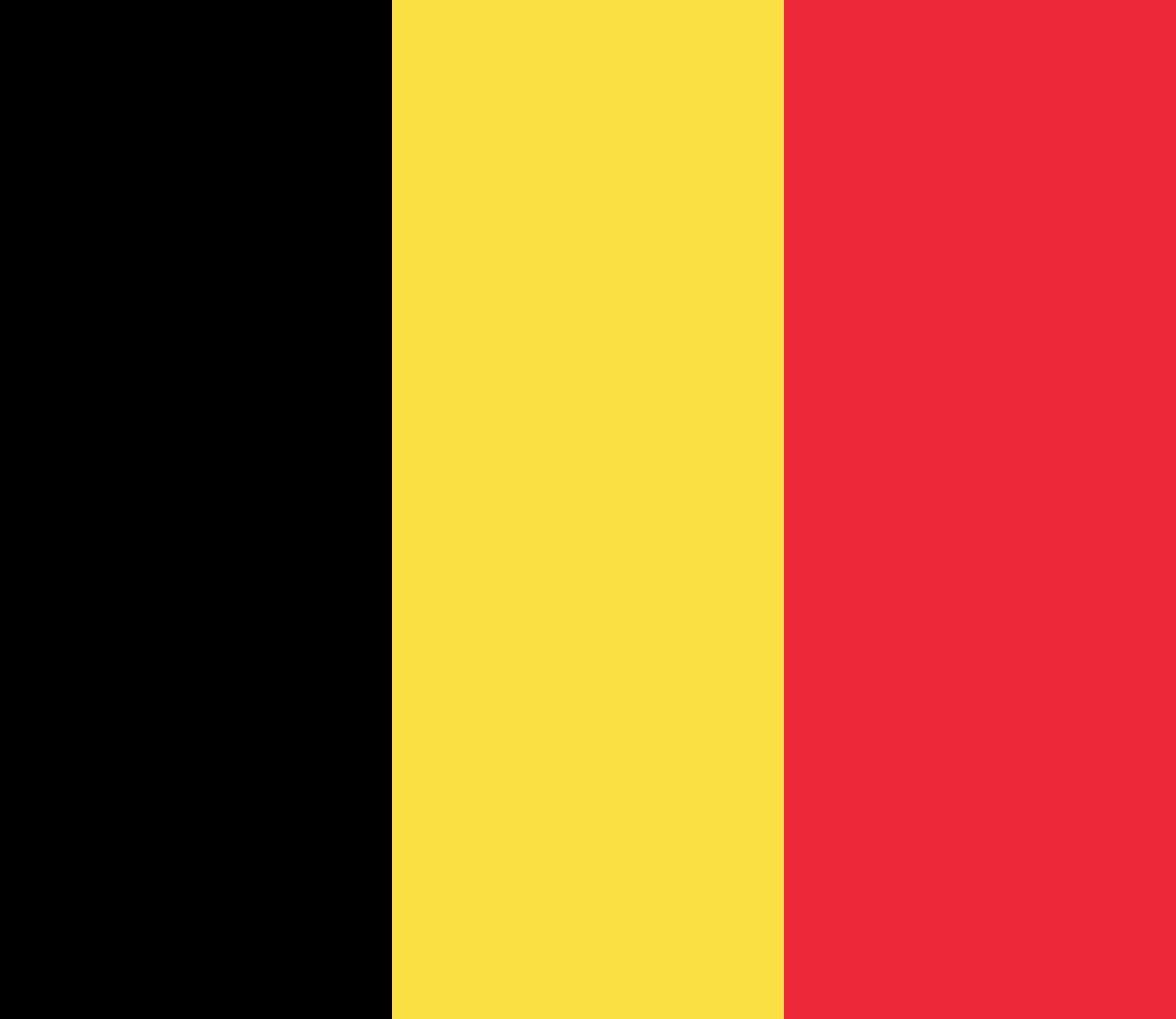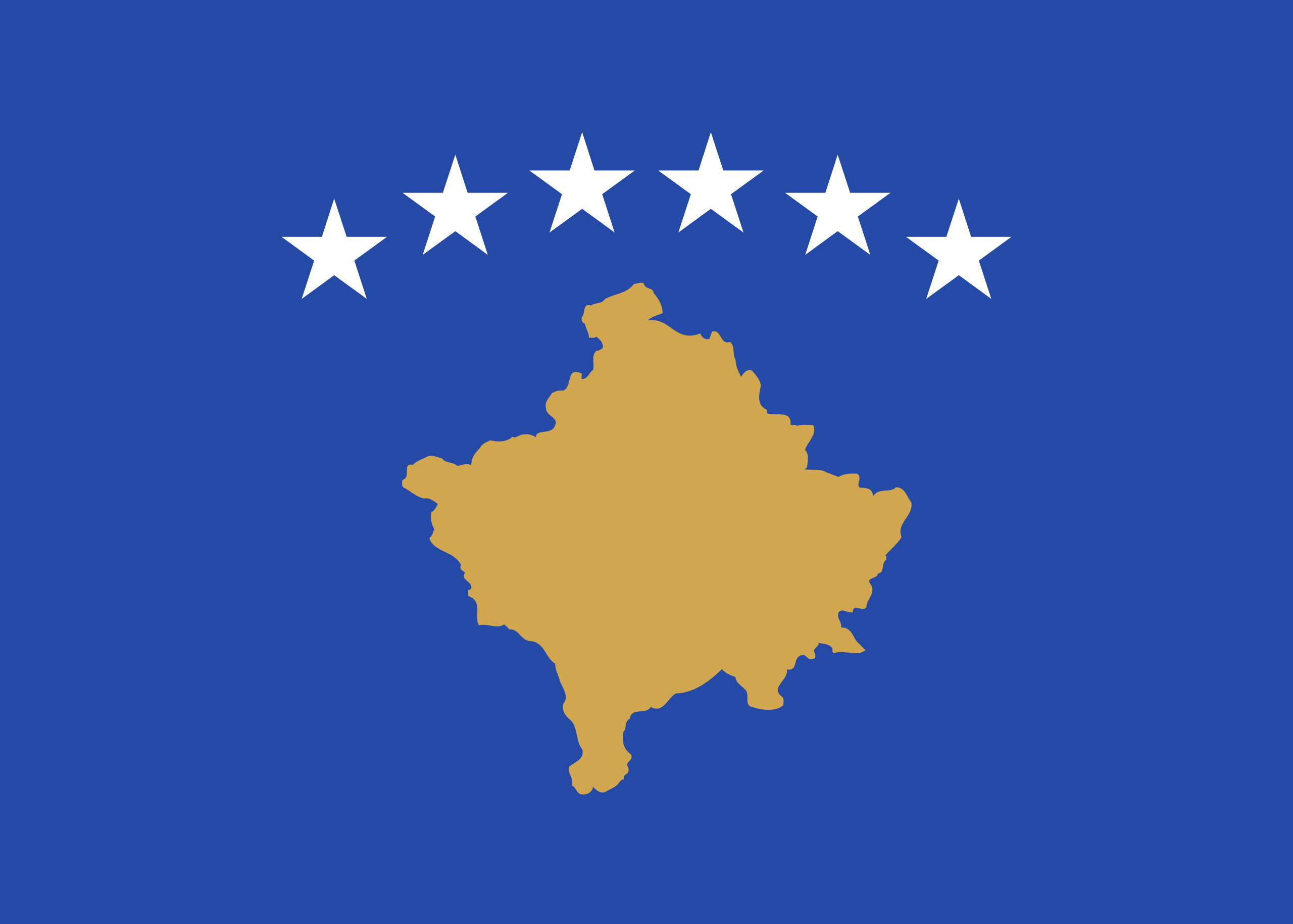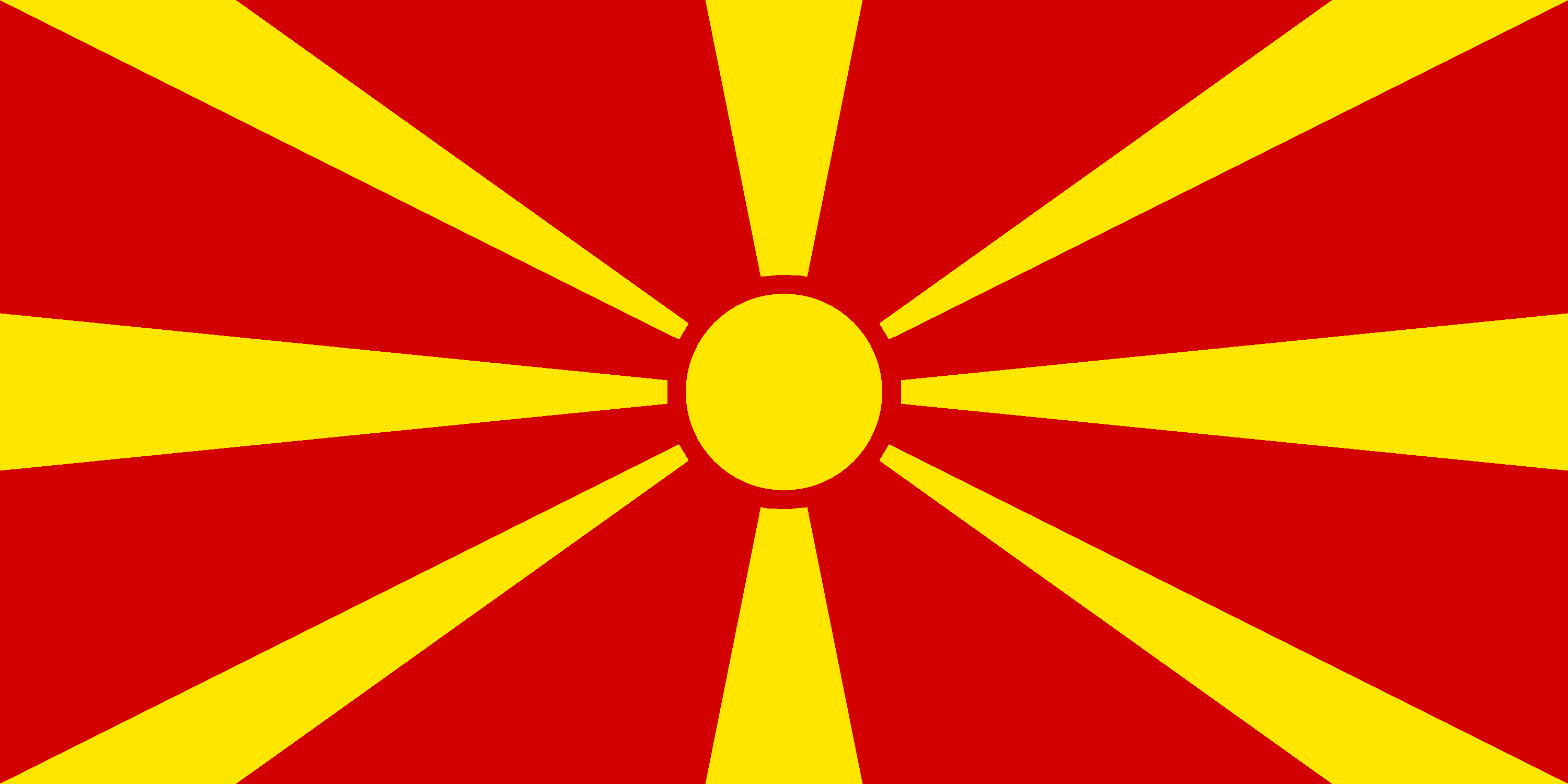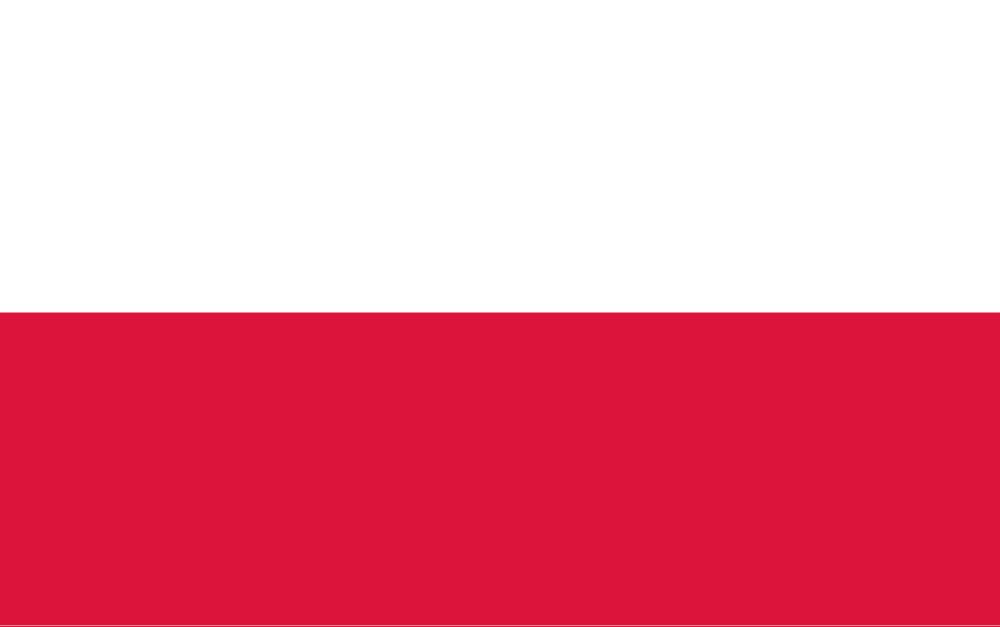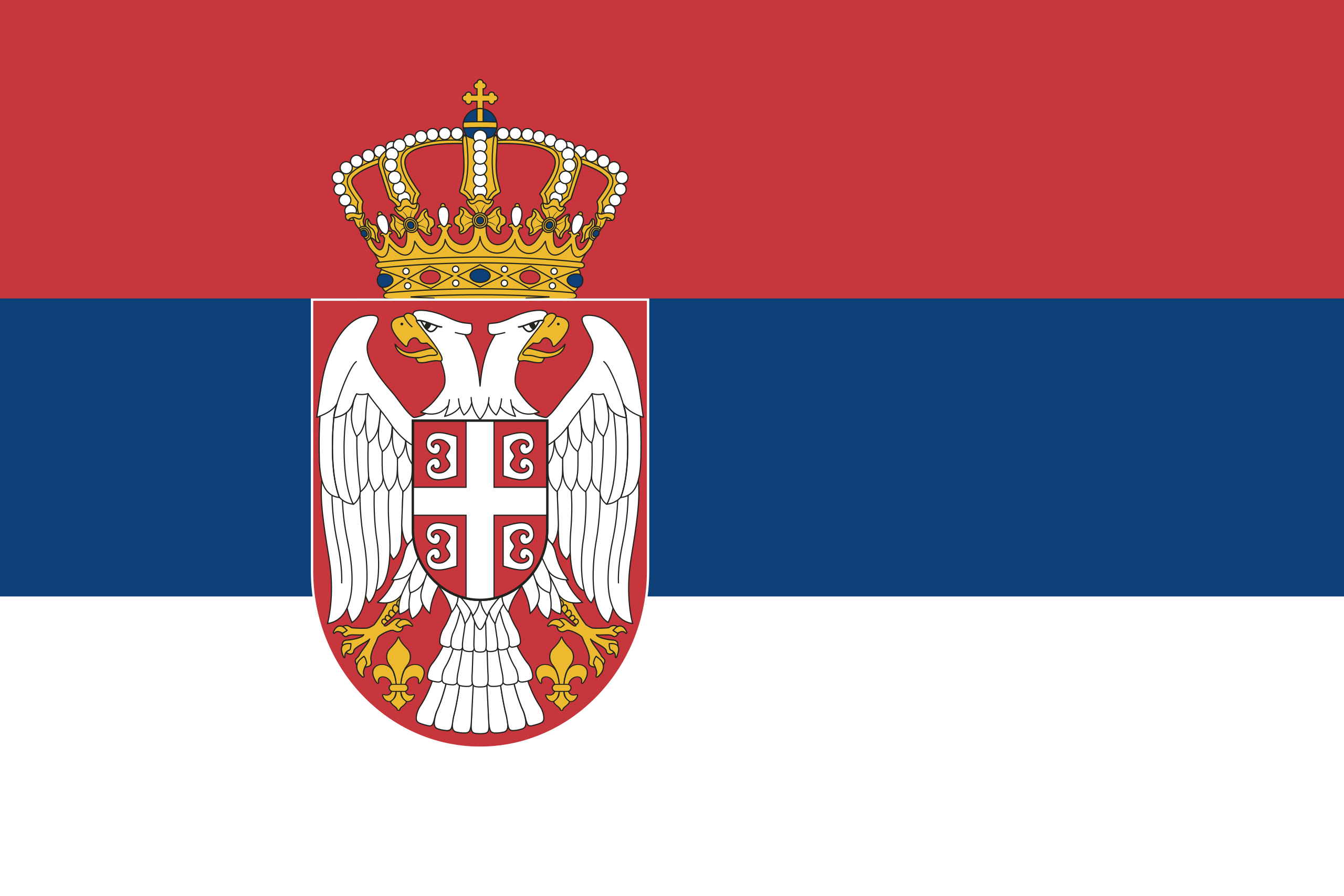Smart city projects must be citizen-focused and driven by the needs of the citizens rather than of the city itself
ADVICE FOR AUTHORITIES KEEN TO EMBRACE THE CONNECTED CITY CONCEPT
The subject of “smart cities” is an important subject and local authorities everywhere are wising up to the importance of driving the digital transformation of their cities. The challenge lies in developing tangible solutions built around the latest technology that deliver real value for citizens. Here are five pieces of advice for authorities:
Admittedly, the term “smart city” might not always seem fitting but what really matters is clearly identifying the purpose of such a project, namely to leverage advanced information and communication technology to improve environmental sustainability, efficiency and citizen engagement. This is why we prefer to use the term “efficient city” or “citizen-focused” cities. Smart city projects must be driven by the needs of the citizens rather than the city itself.
WEIGH UP THE BENEFITS TO BE GAINED
Authorities eager to make the move toward a digital city face a number of key challenges:
Top of the list is the attractiveness of their city. To thrive, cities must be capable of attracting new businesses, residents and tourists. We can safely say that France is the most popular tourist destination in the world, and it intends to remain so. A large part of France’s appeal lies in the diversity of its regions, and medium-sized towns and cities have an essential role to play. To attract new residents and draw more tourists, small and medium-sized towns and cities are actively competing against each other and not just at the local level, but regionally, nationally and even internationally. Against this backdrop of global competition, cities have no option but to adapt and demonstrate the value of their communities in order to boost their economic development, enhance residents’ quality of life and strengthen their perceived value.
GROWING BUDGETARY PRESSURE
This is another major challenge facing authorities. In France, State spending on local governments was cut by €11 billion between 2015 and 2017. As a result, compared with the 10-15% of towns with a population of over 10,000 that faced financial difficulties in 2013, this is currently the case for the majority of them.
KEEP A STRONG FOCUS ON EFFICIENCY
This means asking: how can cities improve energy efficiency to reduce consumption? How can they drive growth while easing the pressure on resources? And how can they achieve efficiencies while saving money?
Local authorities are focusing more and more on environmental initiatives in a collective drive to tackle global warming and resource scarcity. In particular, they must meet increasingly stringent requirements with regard to energy performance and urban pollution. To rise to these challenges, local authorities are turning to technology, installing fiber-optic networks to offer ubiquitous and affordable Internet access – especially in less densely populated areas – and leveraging Internet of Things (IoT) capabilities to help improve the day-to-day lives of citizens and businesses. However, while technology can help address a lot of expectations, it should not be an end in itself, but a means to successfully delivering services that benefit the community as a whole.
GATHERING DATA IS ONE THING – USING IT INTELLIGENTLY IS WHERE THE REAL VALUE LIES!
Today, local authorities have at their disposal an array of high tech sensors and systems. In Paris, for example, at Place de la Nation, sensors have been installed to monitor traffic (pedestrian, bicycle and vehicle) as well as noise levels and air quality. The data collected is being utilized to redesign the layout of this busy intersection. Authorities can choose from a variety of IoT networks, including LoRa, SigFox, WiFi, 4G, 5G and fiber, to collect, exchange and process data gathered by these connected objects. To make this process meaningful for both the local authority and the citizens, once gathered, data must be structured and closely analyzed either in real time or retrospectively. This is a task for big data experts, who prepare the data and identify or create the algorithms needed to extract the intelligence from it. To ensure a cohesive approach, this work is usually conducted in collaboration with people fully familiar with the project environment. Once all this done, the next step is to provide an easy-to-use interface for businesses and residents to be able to actually make use of the data.
OPEN DATA TO SPUR INNOVATION
As local authorities don’t necessarily have the high-level skills required to get the most out of the data gathered, it is advisable to make it available to a broader group of stakeholders, including citizens, businesses and community groups, in order to drive innovation. One of the best ways of doing this is to involve startups who are ideally positioned to spark bright new ideas. In turn, this spurs emulation and results in new services, creating value for the community as a whole. Rather than losing value, the more data is used, the more value it creates!
In the Netherlands, the Eindhoven City Council installed a network of sensors across the city to measure pollution levels in real time. The information captured by the sensors is relayed to the city’s residents via an application that lets them track air quality in their neighborhood. In addition to bringing an immediate and direct benefit to the people of Eindhoven, this solution has enabled the authorities to ease traffic flows in the most polluted areas by spreading traffic more evenly across the city.
Open data goes hand in hand with smart city strategy. Citizen engagement stems from open democratic processes and ultimately contributes to developing a more efficient and therefore a more attractive city. In the United States, Chicago City has deployed a real-time data analysis and visualization platform based on open source software. Data gathered across the platform is combined with information on unoccupied buildings and meteorological data to predict and subsequently avoid the proliferation of rodent colonies.
Another example of how open data can immediately benefit residents is traffic control. It is estimated that 30% of congestion is caused by drivers looking for a parking space. By rolling out parking apps which help drivers locate the nearest available space, local authorities can have an immediate impact on congestion and by the same token address all of the major challenges facing today’s cities: attractiveness, environmental protection and budgetary efficiency.
TRIAL AND DEMONSTRATE BEFORE DEPLOYMENT
It is not necessarily a good idea to connect absolutely everything straightaway. A progressive, pragmatic approach is needed, starting with a demonstrator. Conducting a trial within a restricted area is the most effective way for authorities to assess an innovative new service in an actual, real-life environment. This allows them to determine whether the service fulfills its intended purpose and is suitable for implementation across a wider urban area. This was the approach taken by the French city of Chartres to test a new smart lighting system: after a successful trial on two main boulevards, the solution was deployed across the city.
Clearly, while technology is the key enabler of smart urban development, the requirements – and restrictions – facing local authorities are of paramount importance. By putting the needs and expectations of city departments, residents, businesses, shops and tourists top of the agenda, and by making efficiency and value-added services the main priorities, local authorities can deliver collective intelligence for the benefit of all.


